Dune-inspired spacesuits allow astronauts to recycle urine into drinking water
Astronauts on spacewalks have long faced the challenge of relieving themselves inside their spacesuits with current methods being unhygienic.
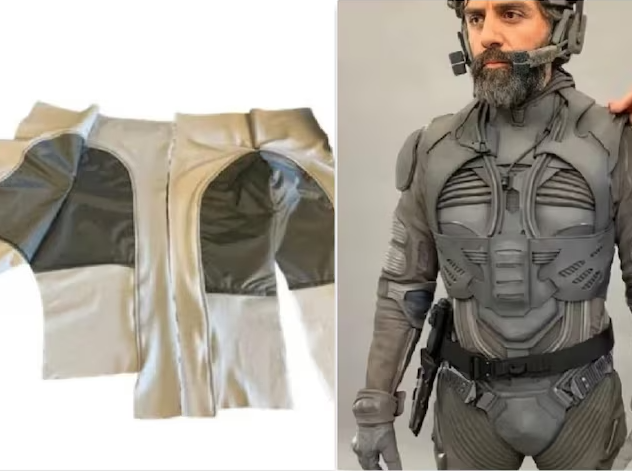
This innovative system aims to turn science fiction into reality, similar to the ‘stillsuits’ in the Dune franchise, which recycle water from sweat and urine into drinkable water. (CREDIT: Warner Bros Pictures and Legendary Pictures)
Astronauts on spacewalks have long faced the challenge of relieving themselves inside their spacesuits. This method is not only uncomfortable and unhygienic, but it also results in wasted water, as the urine produced during spacewalks cannot be recycled like the wastewater aboard the International Space Station (ISS).
A promising solution comes in the form of a new prototype for a urine collection and filtration system for spacesuits, designed by researchers from Cornell University and published in Frontiers in Space Technologies. This innovative system aims to turn science fiction into reality, similar to the ‘stillsuits’ in the Dune franchise, which recycle water from sweat and urine into drinkable water.
“The design includes a vacuum-based external catheter leading to a combined forward-reverse osmosis unit, providing a continuous supply of potable water with multiple safety mechanisms to ensure astronaut wellbeing,” explained Sofia Etlin, a research staff member at Weill Cornell Medicine and Cornell University, and the study’s first author.
Designed for Upcoming Moon and Mars Missions
NASA's Artemis II and III missions, scheduled for 2025 and 2026, will see crews orbit the Moon and land on its south pole. These missions will pave the way for crewed missions to Mars by the early 2030s.
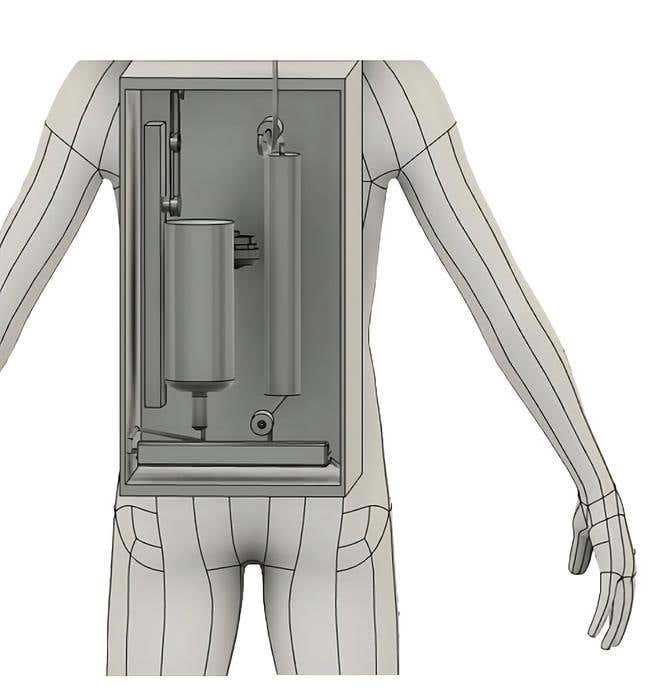
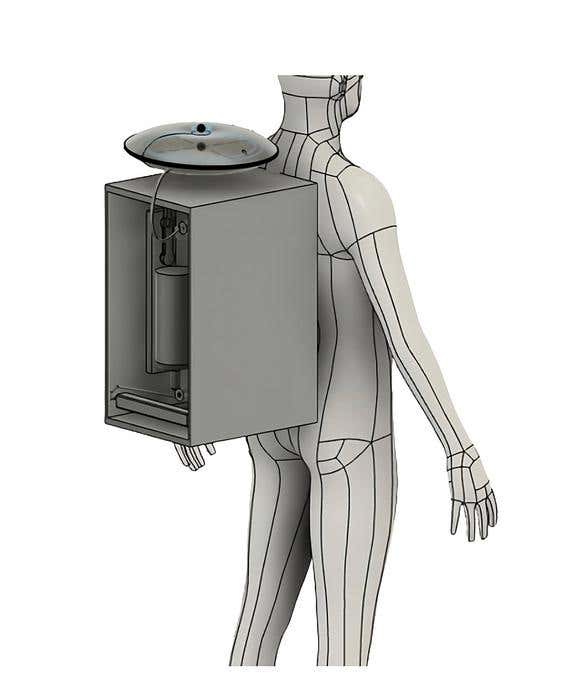
However, astronauts have criticized the current maximum absorbency garment (MAG) used in NASA spacesuits since the late 1970s. The MAG, which functions like a high-tech adult diaper, has been associated with discomfort, leaks, and health issues such as urinary tract infections and gastrointestinal distress.
“The MAG has reportedly leaked and caused health issues. Additionally, astronauts currently have only one liter of water available in their in-suit drink bags, which is insufficient for planned longer-lasting lunar spacewalks, potentially lasting up to 24 hours in emergencies,” said Etlin.
Astronauts have also requested improvements such as quicker filling and de-gassing of in-suit drink bags and the addition of a separate non-caffeinated high-energy drink supply.
Innovative Urine Collection and Filtration System
Addressing these concerns, Etlin and her colleagues have developed a urine collection device that includes a multi-layered, flexible fabric undergarment. This undergarment connects to a molded silicone collection cup, designed to fit around the genitalia, available in different shapes and sizes for men and women.
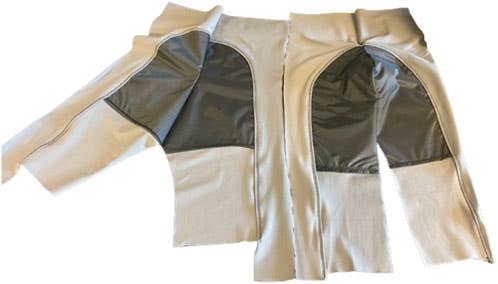
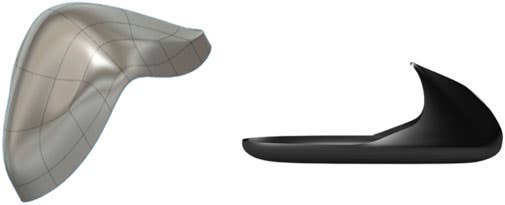
The inner face of the collection cup is lined with polyester microfiber or a nylon-spandex blend to draw urine away from the body, which is then sucked into the inner face by a vacuum pump. A RFID tag linked to an absorbent hydrogel activates the pump when moisture is detected.
Once collected, the urine is diverted to a filtration system where it is recycled with 87% efficiency using a two-step forward and reverse osmosis process. This system uses a concentration gradient to separate water from urine and a pump to remove salts. The purified water is enriched with electrolytes and pumped into the in-suit drink bag for consumption. Collecting and purifying 500 ml of urine takes only five minutes.
High-Tech Backpack
The entire system, which includes control pumps, sensors, and a liquid-crystal display screen, is powered by a 20.5V battery with a capacity of 40 amp-hours. It measures 38 by 23 by 23 cm and weighs approximately eight kilograms, making it compact and light enough to be carried on the back of a spacesuit.
With the prototype now available, the next step is testing the new design under simulated conditions and, eventually, during real spacewalks. “Our system can be tested in simulated microgravity conditions, as microgravity is the primary space factor we must account for. These tests will ensure the system’s functionality and safety before it is deployed in actual space missions,” concluded Dr. Christopher E. Mason, a professor at the same institute as Etlin and the study’s lead author.
This advancement represents a significant step forward in improving astronaut comfort and hygiene during long-duration spacewalks, addressing longstanding issues with current waste management systems, and ensuring that astronauts have sufficient hydration for their missions.
Note: Materials provided above by the The Brighter Side of News. Content may be edited for style and length.
Like these kind of feel good stories? Get the Brighter Side of News' newsletter.



